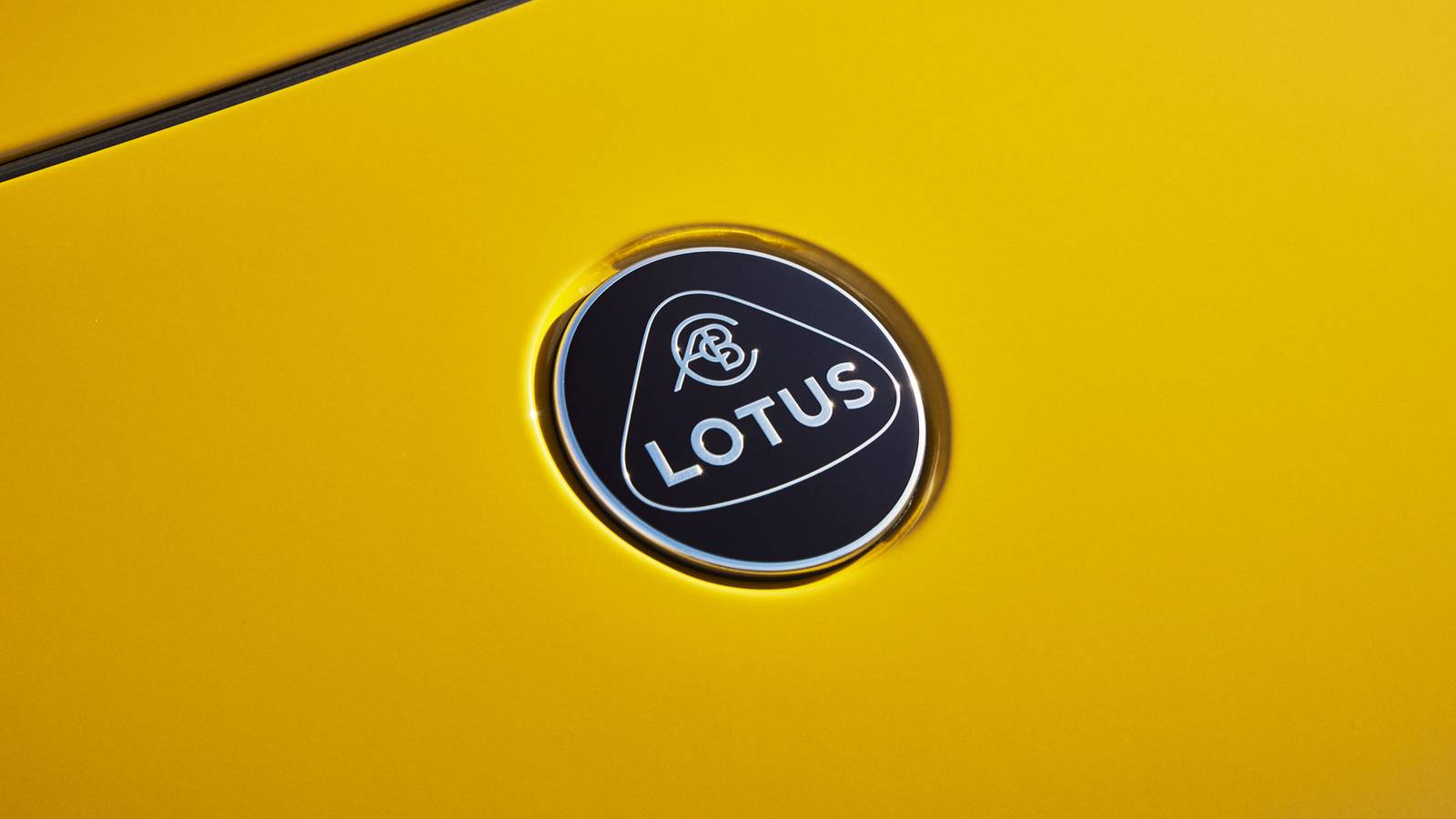Lotus may be gearing up to revive one of its most iconic names. A new trademark filing for “Eleven” was recently spotted in the European Union Intellectual Property Office (EUIPO) database. The Eleven name carries serious weight in Lotus history and is a symbol of lightness, purity, and racing DNA. Now, decades later, its return could mark the next chapter in the brand’s evolution.
For Lotus, it could be a sign that the brand still believes in the philosophy that made it great, which means lightweight performance over raw power, even as it possibly moves deeper into electrification.
The original Lotus Eleven, built between 1956 and 1958, was one of the most successful and innovative cars of its time. Designed by Colin Chapman, as previously covered, and Frank Costin, the Eleven used a light tubular frame, aerodynamic aluminum body, and Coventry Climax engines ranging from a 1.1-liter 45-horsepower engine in 1956, to a 1.5-liter 105-horsepower in 1957. Despite its small power figures, the Eleven dominated its class, racking up wins at Le Mans, Sebring, and Monza. It weighed about 1,000 pounds, and its design set the tone for Lotus’s entire philosophy: “Simplify, then add lightness.”
Believe it or not, the Lotus Eleven name didn’t end with the 1950s racer. In 2007, the company revived the spirit of the car with the Lotus 2-Eleven, a stripped-down track machine based on the Exige S chassis. Weighing just over 1,600 pounds and powered by a 255-horsepower supercharged Toyota engine, it offered an intense, analog driving experience that made modern supercars feel heavy.
Nearly a decade later, Lotus pushed that idea even further with the 3-Eleven, unveiled in 2016. It was faster, wilder, and built for serious track use, featuring a 450-horsepower V6, carbon composite bodywork, and a 0-60 time under 3 seconds. If the new Eleven trademark points toward a successor to these two icons, it could signal that Lotus is once again ready to celebrate its hardcore, lightweight DNA. Except this time, perhaps even a track car with the Mercedes-AMG I4 engine, which has recently been introduced to the Emira.
Eleven 1
Eleven 2
Eleven 3
Horsepower
45-105
255
450
Weight
1018
1600
1962
At the same time, Lotus is deep in its electric transition, with models like the Evija, Eletre SUV, and Emeya GT sedan leading the way. A revived Eleven could serve as a counterpoint, a lightweight, driver-focused EV that reconnects with the brand’s analog soul. And given the brand’s access to advanced carbon and aluminum architectures, along with compact electric powertrains, Lotus could create something revolutionary: an electric track car under 3,000 pounds that still embodies Chapman’s mantra.
While a trademark filing doesn’t confirm a production model, it usually signals intent. After all, the patent does list the trademark as intended for a vehicle. And Lotus wouldn’t secure a name like “Eleven” unless there were plans to use it. As a reminder, the brand did revive the Type 66 name with Can-Am for a limited-run retro-inspired race car, proving it’s not afraid to dig into its archives for inspiration.
If the Eleven does return, it could slot below the Evija in both price and performance, but a more accessible, track-ready coupe for enthusiasts.
We want to hear from you! Share your opinions in the thread below and remember to keep it respectful.
Your comment has not been saved
This thread is open for discussion.
Be the first to post your thoughts.


















